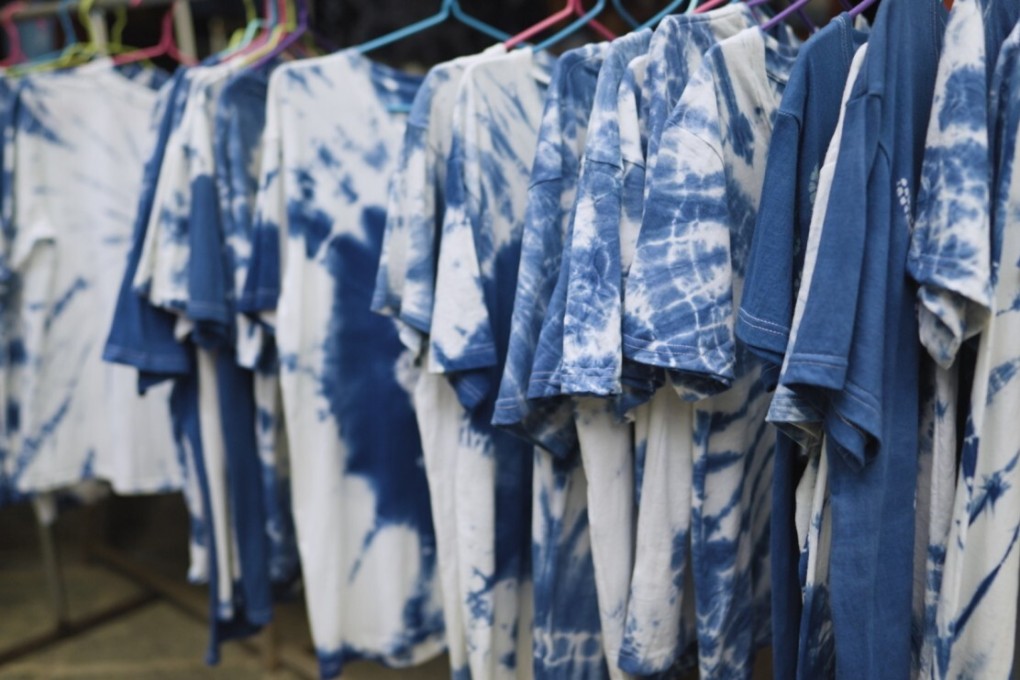Advertisement
Banlangen: The Chinese medicine that is also used for tie-dye
- Banlangen made headlines last year when it was touted as a possible coronavirus remedy. But in southwestern China, the herb is mostly used as a dye for clothing
Reading Time:1 minute
Why you can trust SCMP
0

Tie-dye might invoke images of the 1960s, hippies, and Woodstock, but what about the Bai people of southwestern China?
For more than 1,500 years, this ethnic group in Yunnan province has been dyeing their clothes blue using the leaves of a plant locally called banlangen (板蓝根).
In the West, it is more commonly known as woad, or Asp of Jerusalem.
The story goes that Bai farmers discovered the plant’s dyeing capabilities when their clothes were stained blue by its leaves.
“Then they figured out it could be used to dye their clothes,” says Zhang Jianyi, a tie-dye instructor in Dali, Yunnan.
Banlangen is harvested in the summer, around July and August. The leaves are left to ferment for a few months before being turned into a blue dye.
Advertisement
Select Voice
Choose your listening speed
Get through articles 2-3x faster
1.1x
220 WPM
Slow
Normal
Fast
1.1x